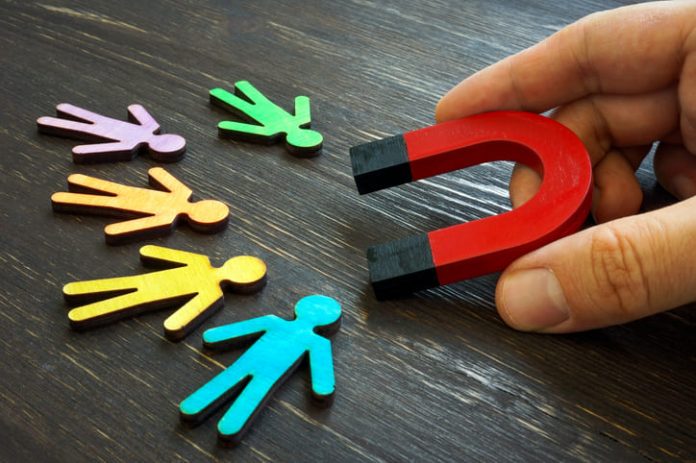By Ingrid Maynard
In an era where customer loyalty can make or break a business, Ingrid Maynard offers a compelling framework for building what she calls a “Culture of Customer.” With decades of experience behind her, she shares practical strategies for creating consistent, value-driven experiences that foster genuine loyalty—both from customers and within teams.
Are customers loyal to your business or the person that represents it? It’s an important question to ask ourselves, yet it remains one that many companies don’t ask until they lose a salesperson or a key person and the customers who loved them. With most retail customers, we see that their loyalty is more to a brand than a particular salesperson or company representative.
In a time when customers and the sales they bring to our companies mean more than ever, it makes sense for us to reimagine how we do this. Creating a consistent experience for anyone in and out of an organisation whenever there is engagement can be done. I know. I lived that reality. And I now help my clients to create their own.
Let’s return for a moment to those businesses who are worried about the personal relationship with either the business owner, manager or salesperson in case they leave and the customer decides to leave with them. Some companies approach this challenge by not training their people – justifying that decision because they know they will leave them anyway. They chalk it up to that inevitability telling themselves it’s part of the cost of doing business. But as they say: what if you don’t train them and they stay?
If your company only has one person who actively cares about your customers then you might be in trouble – maybe not today, but some day. The truth is that our customers need to have the same “feeling” at any point in the value chain of interacting with your brand and company. The question is how.
Develop a culture of customer
Before I share with you the 2 aspects that create a Culture of Customer, let me show you some examples of how customers interact with your brand before and after they form their primary relationship with a business owner, manager or salesperson.
Let’s say your company has done a great job marketing to, connecting with and converting a new customer. Now they need to set up an account with finance, and the experience is completely different: they’re treated like a number, the process is cumbersome or complicated or time consuming (or all three)! Already the seed for disengagement by the customer has already been planted – before they even start trading with you!
Here’s another example once they’ve been a customer of yours for a while. After a good couple of years, you’ve changed freight companies and your customer starts to have a lose deliveries, deliveries are arriving late, it’s costing them more, and sometimes stock is damaged. Even when you know it’s actually not you but a 3rd party supplier who’s to blame, the customer thinks about you. And when it comes to deliveries, these people are the last impression many customers will have of your brand. The truth is, we need to establish and then deepen a way of being that is uniquely yours. Making it so strong that regardless of who and where anyone engages in the company, that “feeling” is consistent. It doesn’t just “happen”. While there are no silver bullets, I’m going to share with you the elements of: “A Culture of Customer” in your company that changes the way everyone approaches their role. When companies do this, they become magnetic: attracting and retaining the right customers and staff.
1. Start Building Customer Consciousness
Most employees mistakenly believe that only salespeople have customers when in fact, everyone who delivers value to another person by doing their role has at least one customer – even if it’s the business itself. We start by becoming aware of all of the people we serve in our roles: who are they? Customer Consciousness is the awareness and acceptance by everyone in the company that they have a customer, and they are a customer. It’s not just that they understand their role in relation to the “end customer”.
What does each customer expect of me? What is the value I deliver to my customers? We’re delivering value every time we do our jobs. The question we begin to ask ourselves as we are aware of Customer Consciousness is that the customer knows if it’s positive or negative value. Is it costing me or benefiting me?
2. Layer in Commercial Competence
When we say value, I truly mean it. Without it, Customer Consciousness remains a “fluffy” idea. Knowing the measure of value, we deliver each customer is transformative for an organisation. Put simply, Value = Benefits – costs.
Building a culture of customer makes profitable growth inevitable. To make it stick, build the model into your induction program so everyone who starts in your company understands that they have customers who carry the value equation in their heads. Show them how to deliver more benefit than cost and watch your company soar.
The article was first published in the Business Sale Magazine 2025 https://bsale.com.au/read-current-magazine-edition.




 Ingrid Maynard
Ingrid Maynard






























